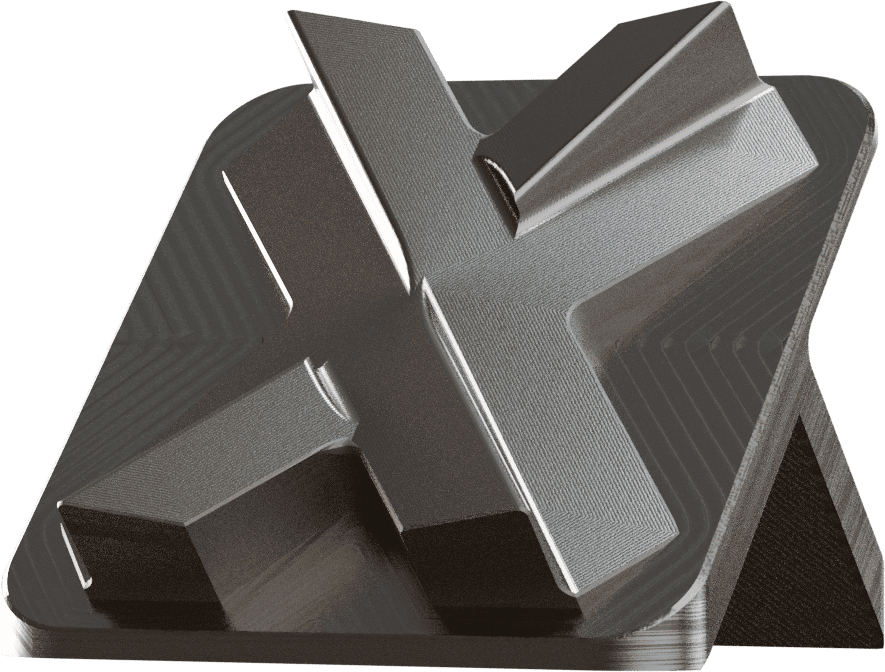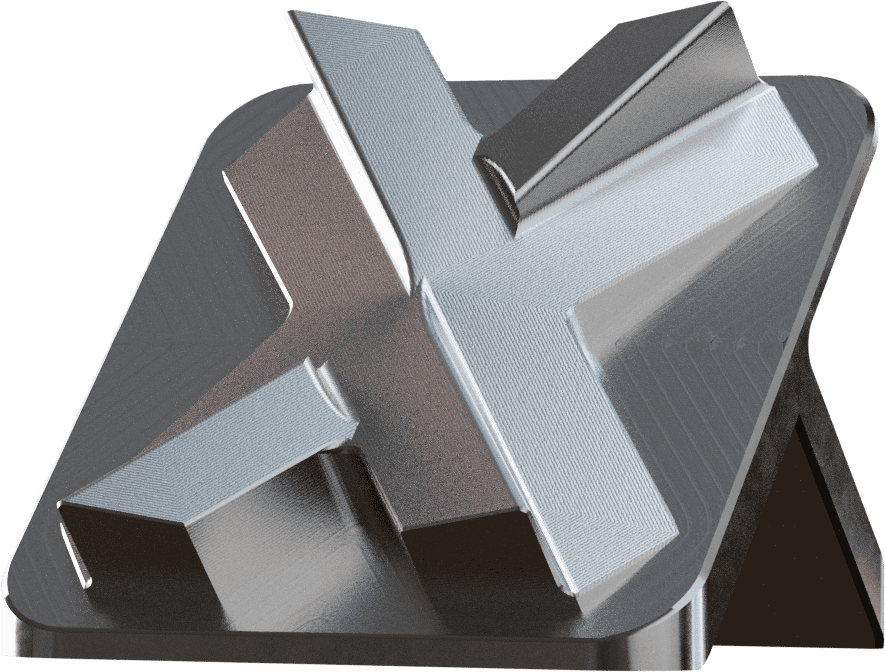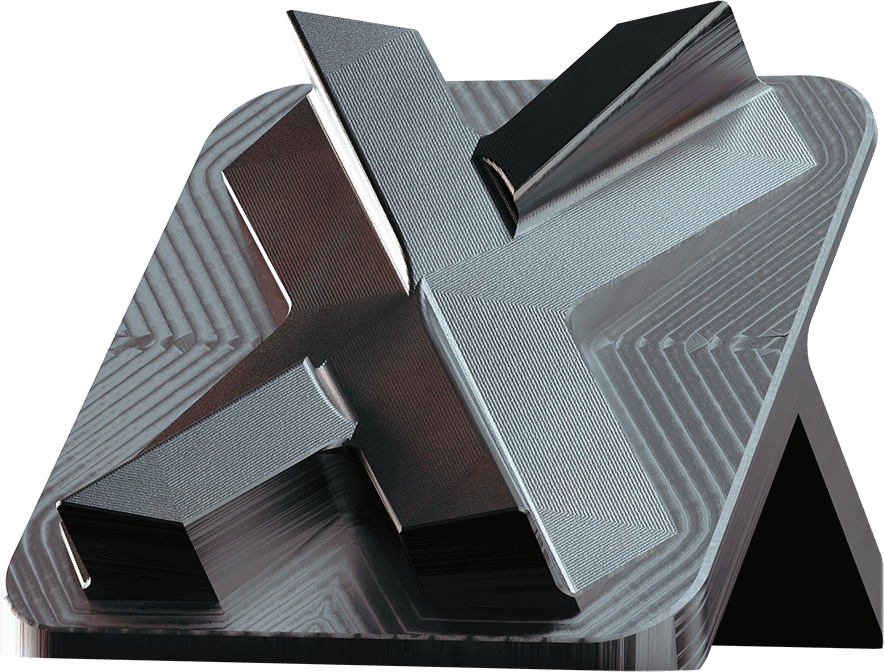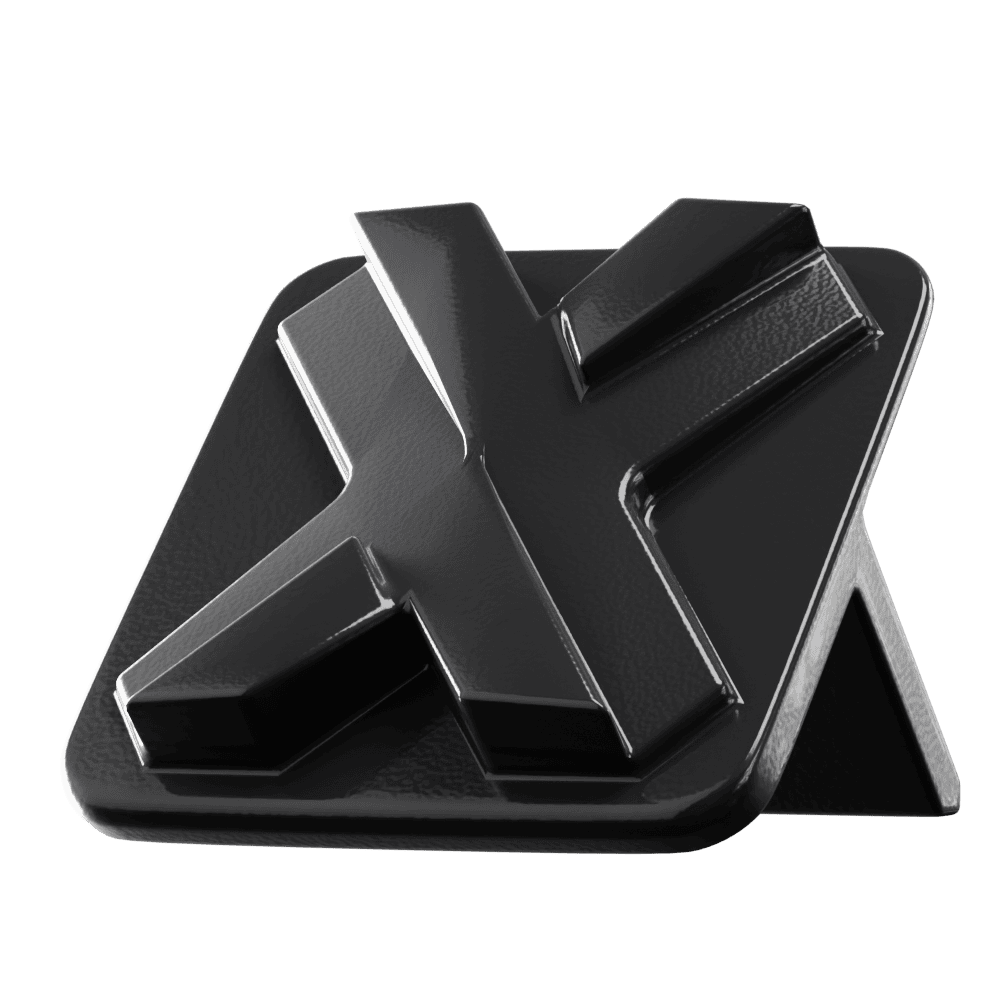Stainless Steel 316 / 1.4401 / X5CrNiMo17122
- Alternative Designations: X5CrNiMo17-12-2 | Z6CND17-11 | UNS S31600 | SS316 | 316SS | AISI 316
Colors:
- Any color is achievable with finishing
Description:
Stainless steel 316 is a highly corrosion-resistant alloy renowned for its exceptional durability and versatility. With its excellent mechanical properties, this material finds widespread use in diverse industries, from manufacturing and construction to healthcare, where its biocompatibility makes it a preferred choice. Stainless steel 316’s ability to maintain its integrity in harsh environments, coupled with its ease of fabrication and welding, makes it an invaluable material for a wide range of applications, such as food and pharmaceutical processing equipment, marine exterior trim and industrial equipment.
Material Properties
Processes:
Special properties
- Biocompatibility
- Corrosion resistance
- Weldability
| Property | Value, metric | Value, Imperial | Type |
|---|---|---|---|
| Density | 8 g/cm3 | 8 g/cm3 | - |
| Elongation at Break | 40% | 40% | - |
| Hardness | 215 | 215 | HB 30 |
| Ultimate Tensile Strength | 500-700 MPa | 72.5-101.5 ksi | - |
-
Annealing
The annealing process involves the heating of a metal to or near the temperature at which recrystallisation begins without change in the stresses. After heating, the metal is cooled to room temperature in the oven or put in the sand.
Final result:
- Improved cold working capacity of the metal
-
CNC machined part without surface finishes (3D render, aluminium)Bead blasting (3D render)
Bead blasting
Bead blasting involves spraying a pressurised stream of tiny beads of media, plastic or glass beads, from a nozzle onto the surface of the part. This removes the burrs and imperfections, leaving a smooth finish.
Notes:The recommended part size is 6-600 mm in both height and width. Smaller parts are hard to hold and tough to produce an even surface.
Final result:
- Uniform, matte or satin-like appearance
- Slightly grainy in the touch
-
Electroless nickel plating
Electroless nickel plating provides a uniform nickel coating, which offers protection from corrosion, oxidation, and wear on irregular surfaces.
Final result:
- Protection from corrosion, oxidation and wear on irregular surfaces
- Brighter appearance
-
Electropolishing
An electrochemical process that cleans steel parts to reduce corrosion and improve appearance by making the metal brighter.
Final result:
- Reduced corrosion
- Brighter appearance
-
Gold plating
Gold plating provides good corrosion and tarnish resistance. Gold has low contact resistance, excellent conductivity, and solderability.
Final result:
- Gold-like appearance
- Increased corrosion and tarnish resistance
-
Passivation
A colorless coating that improves corrosion resistance for 200 and 300 series and precipitation hardened corrosion-resistant steels by removing free iron from the surface.
-
Powder coating
Provides a continuous, protective color finish on parts using evenly applied, heat-cured paint. The finish is usually tougher and even compared to conventional painting.
Notes:Metals like aluminium and steel can be efficiently coated with polymer powders.
Available colors:
- Any custom RAL color
-
Tempering
A heat treatment method that is mainly dedicated to reducing the amount of hardness of metals. It involves heating the metal to a temperature below the critical point. The temperature is adjusted depending on the amount of hardness that needs to be reduced and it varies depending on the metal type as well.
Final result:
- Reduced hardness
- Increased elasticity and plasticity
- Reduced yield and tensile strength
-
Custom Finishing
If you select a custom finish in the Instant Quoting Engine it will require manual review. Manual quoting usually takes 1-2 business days.
Notes:Submitting for manual review with a custom request does not guarantee a quote.
 Europe
Europe  Türkiye
Türkiye  United Kingdom
United Kingdom  Global
Global 

 Login with my Xometry account
Login with my Xometry account 



